The sea sand pilot will not be successful until the end of this year, so from now until 2024, the main source of filling materials will be river sand, according to the Ministry of Transport.
In a report recently sent to the National Assembly on the results of the questioning at the third session, the Ministry of Transport said that the specialized agency had tested samples of sea sand taken from Tra Vinh and Soc Trang to serve the North-South expressway project. The results showed that the sea sand here met the basic physical and mechanical standards, meeting the requirements for sand for roadbed construction.
The Ministry has piloted the use of sea sand on route DT978 under the Hau Giang - Ca Mau component project, expected to be completed in May. The specialized agency will monitor until November, and at the earliest by the end of the year, to determine the ability of sea sand to meet technical requirements.
"Therefore, in the immediate future, in 2023 and 2024, the main source of filling materials for expressway projects will still be river sand," the report stated.
According to the Ministry of Transport, according to a survey of sea sand reserves, Tra Vinh province has licensed a mine with 1.1 million m3, with an exploitation capacity of 0.4 million m3/year. In addition, three mine locations are being planned. Of which, the largest reserve is the mine in Soc Trang province with a scale of 13.9 billion m3, located 40 km from the coast and two mines in Tra Vinh with 2.1 million m3.
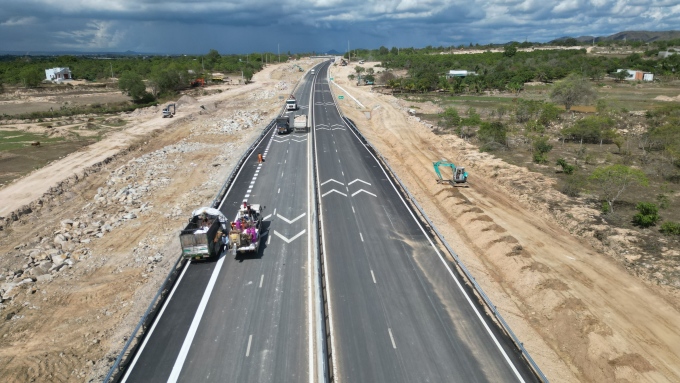
The main route of Vinh Hao - Phan Thiet expressway at the section passing through Ham Thuan Bac district (Binh Thuan). Photo: Viet Quoc
Along with the experiment of the Ministry of Transport, the Ministry of Science and Technology has approved and deployed the national science and technology task "Research on using saline sand as a material for leveling and filling roadbeds". The research is in the prevention stage, starting to move to the field.
The Ministry of Natural Resources and Environment is also studying the potential for exploiting sea sand to meet the needs of land filling for transport and urban projects in the Mekong Delta in the sea area located 10-25 km from the shore, at a depth of 10-30 m. The results of the project will clarify the quality, potential of sea sand and the ability to exploit it to meet the current scarce source of land filling materials.
The pilot project of using sea sand to build roadbeds was launched in the context of a series of expressway projects being implemented but lacking filling materials. In the West, the two expressway projects Chau Doc - Can Tho - Soc Trang and Can Tho - Ca Mau alone need about 40 million cubic meters of sand, but the material sources in the region cannot meet the demand.
Responding to VnExpress earlier, Mr. Nguyen Van Nguyen, Deputy General Director of Geology and Minerals, said that the legal corridor and planning are not complete, leading to units being slow or unable to explore and exploit sea sand. In addition, the exploited sea sand cannot be used because there is no system of standards and regulations for each field such as making concrete or leveling.
Mr. Nguyen said that the unit is urgently developing a circular regulating techniques for investigating and evaluating sea sand, and submitting it to the Ministry of Natural Resources and Environment.
Source link


![[Photo] Prime Minister Pham Minh Chinh chairs a special Government meeting on the arrangement of administrative units at all levels.](https://vphoto.vietnam.vn/thumb/1200x675/vietnam/resource/IMAGE/2025/5/9/6a22e6a997424870abfb39817bb9bb6c)
![[Photo] General Secretary To Lam and international leaders attend the parade celebrating the 80th anniversary of the victory over fascism in Russia](https://vphoto.vietnam.vn/thumb/1200x675/vietnam/resource/IMAGE/2025/5/9/4ec77ed7629a45c79d6e8aa952f20dd3)
![[Photo] Russian military power on display at parade celebrating 80 years of victory over fascism](https://vphoto.vietnam.vn/thumb/1200x675/vietnam/resource/IMAGE/2025/5/9/ce054c3a71b74b1da3be310973aebcfd)

![[Photo] Magical moment of double five-colored clouds on Ba Den mountain on the day of the Buddha's relic procession](https://vphoto.vietnam.vn/thumb/1200x675/vietnam/resource/IMAGE/2025/5/9/7a710556965c413397f9e38ac9708d2f)








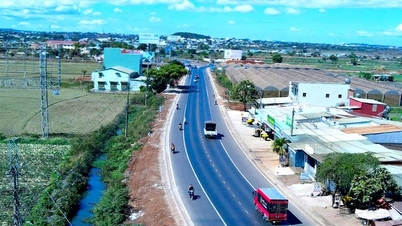

















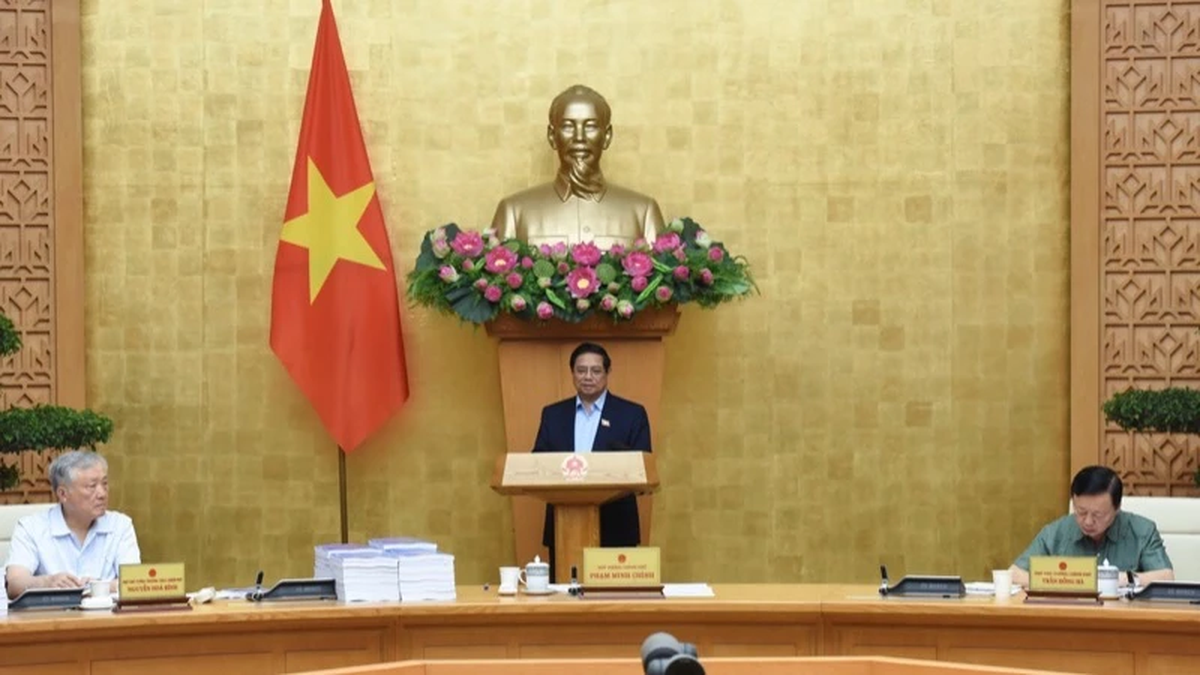
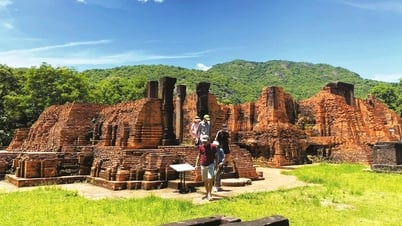

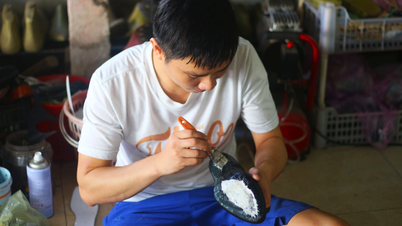












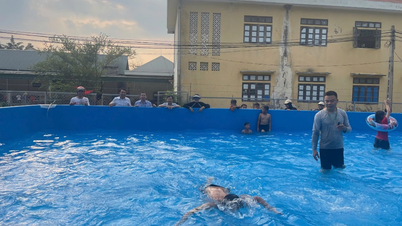
































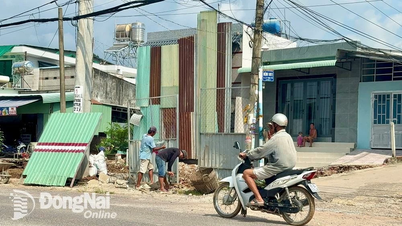
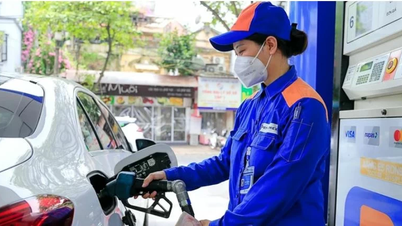












Comment (0)